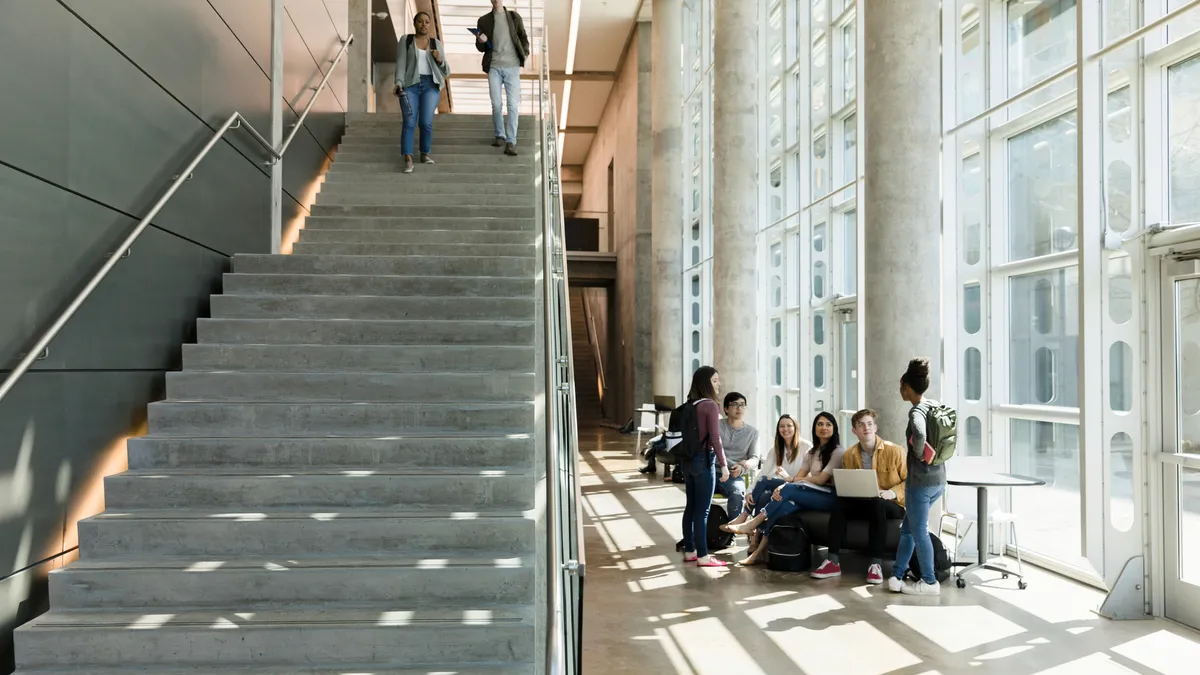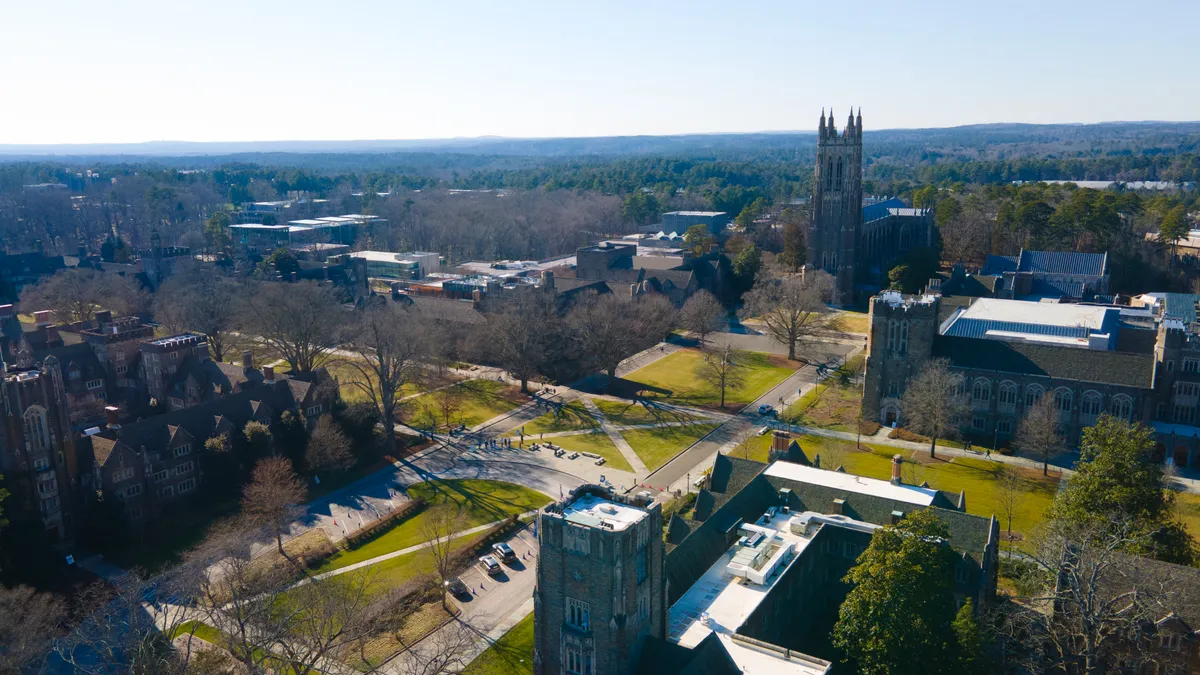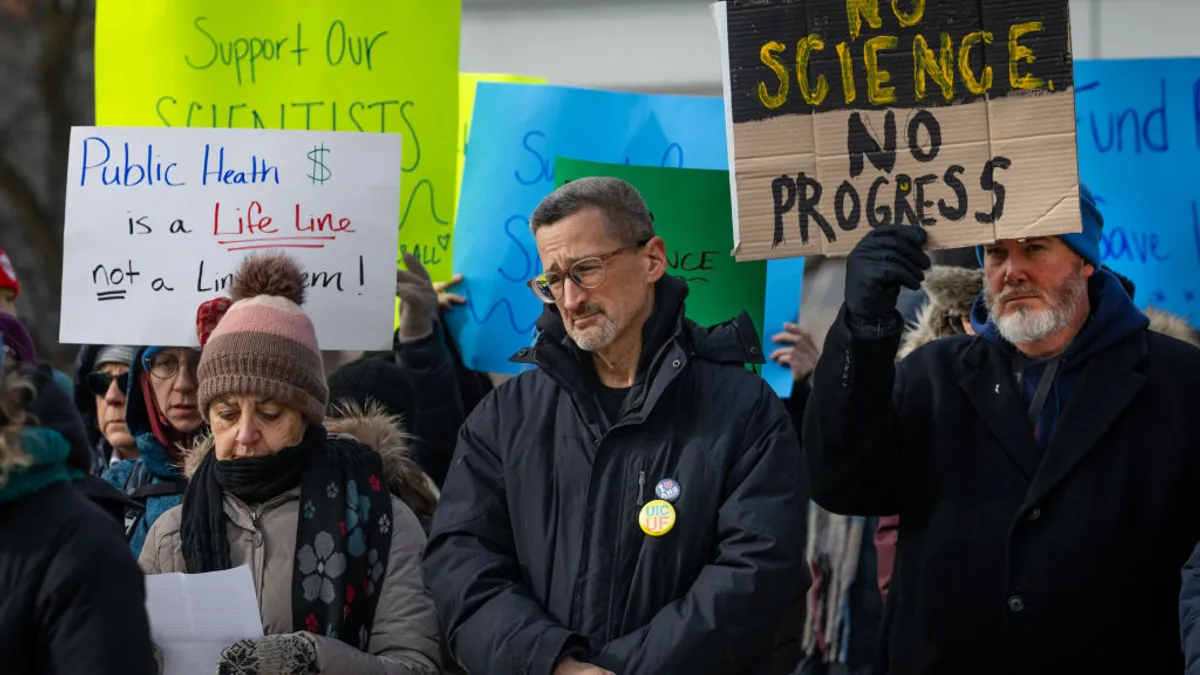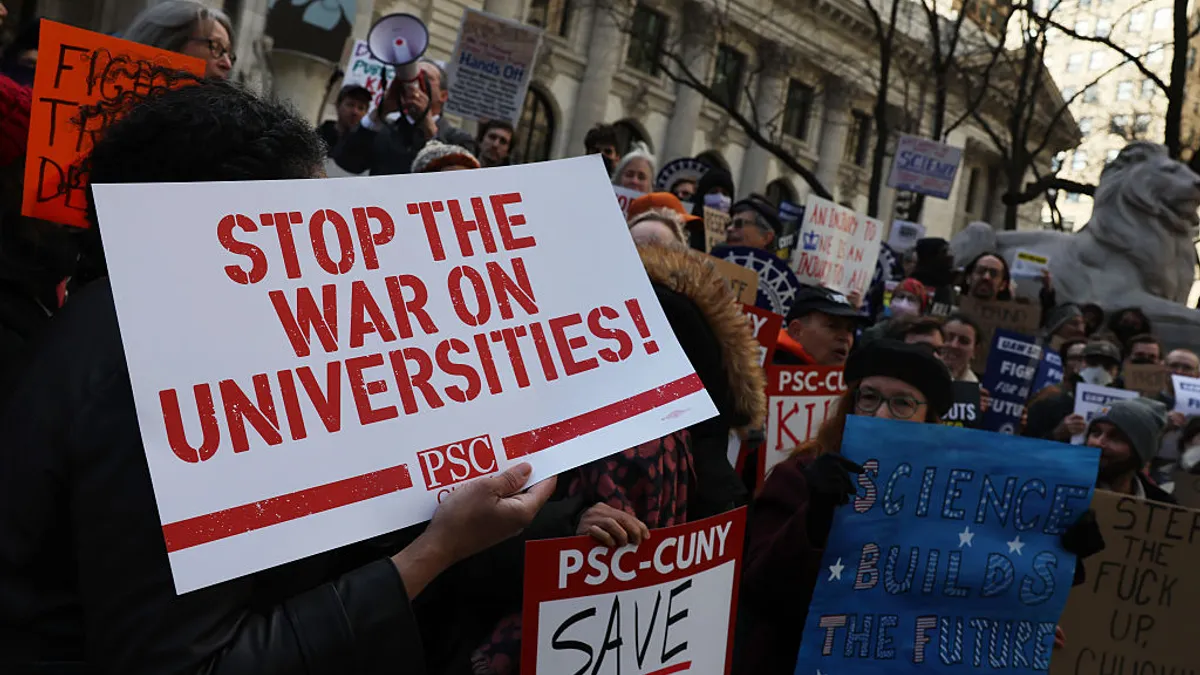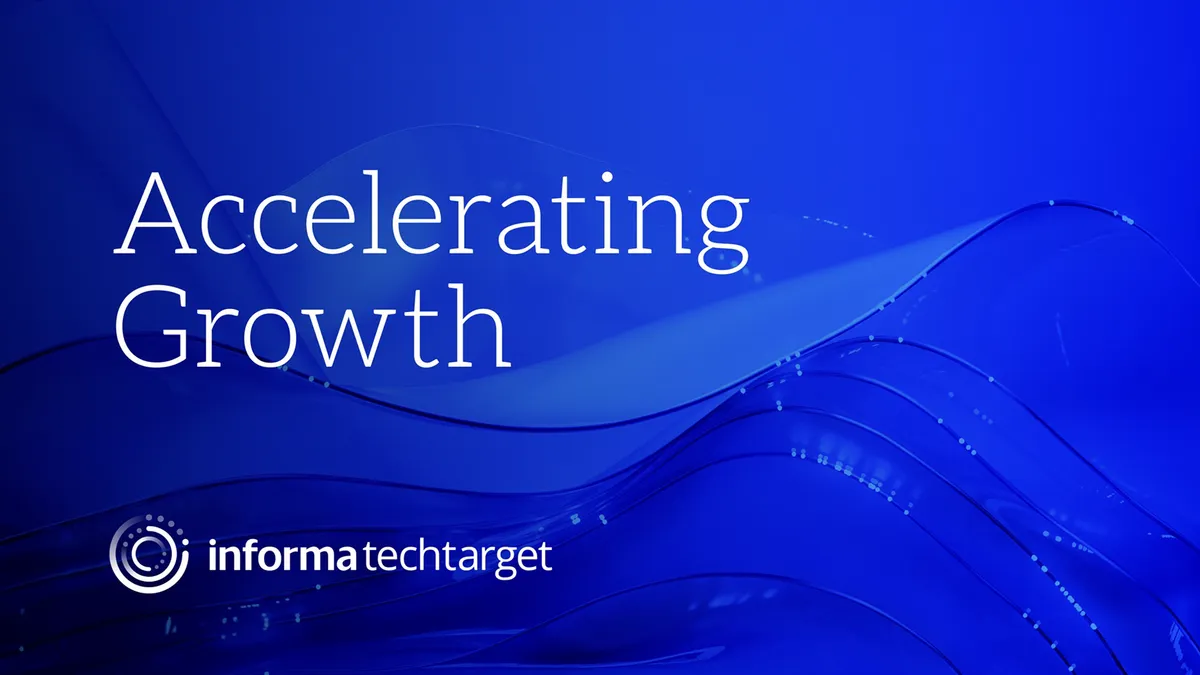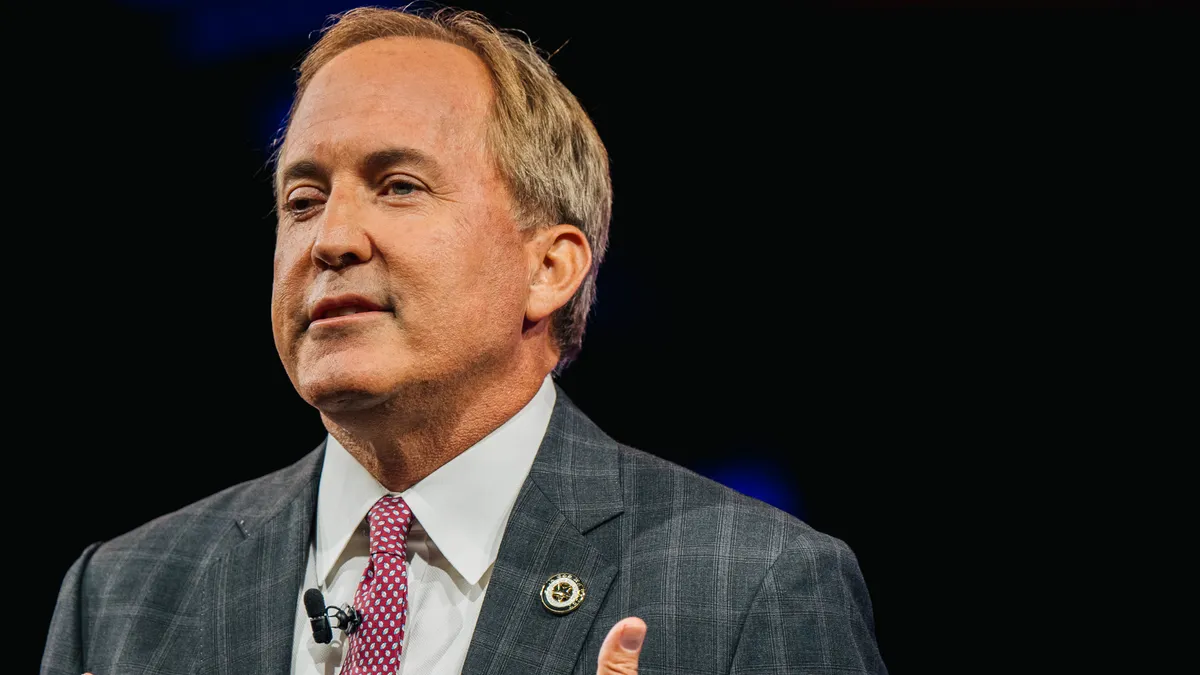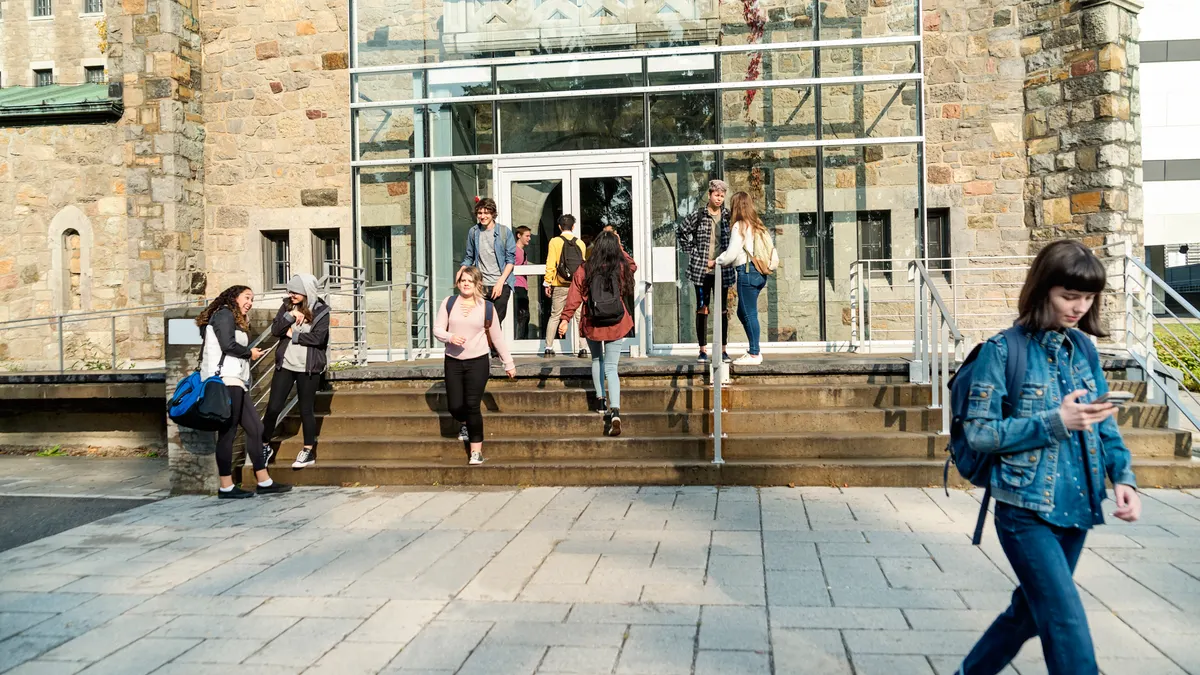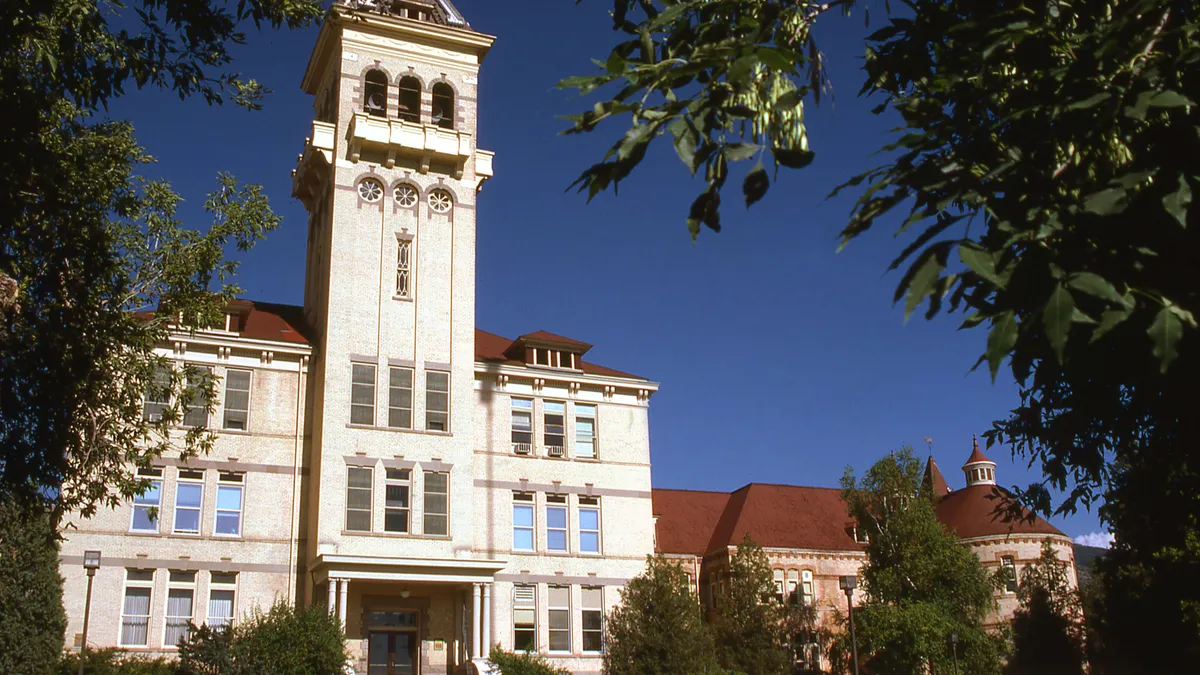SAN DIEGO — The higher education sector is facing an onslaught of challenges, including attacks from the Trump administration, fading public confidence and the demographic cliff. But higher education leaders didn’t shy away from these issues at the annual ASU+GSV Summit, an education and technology conference held this week in San Diego.
“The moment is actually a productive moment for us, because we can and should and will use some of the chaos in order to build new kinds of institutions, new infrastructures, new ways of thinking,” said Ted Mitchell, president of the American Council on Education, during a discussion Wednesday.
Below, we’re rounding up three key takeaways from higher education leaders on where the sector needs to go and how it can be more innovative.
Higher ed needs to refocus on student success
Mitchell pointed to multiple threats converging in the higher education sector, including eroding public confidence in colleges and universities. That forces the sector to grapple with important questions.
“What are we delivering? Is it the right thing? Is it being delivered to the right people? And is it being delivered to the right people in the right way?” Mitchell said. “I think that the answer to all of those is, ‘Not quite,’ and so that's the existential threat.”
He pointed to the national college completion rate, which measures the share of first-time students at degree-granting institutions who complete their credentials within six years. That rate has risen slightly above 60% in recent years.
“One hundred percent of the people who come to our doors want a degree,” Mitchell said. “But we disappoint 40% of them. And over time, that has accreted into a group of people in America — Americans who are our community — who say it didn't work.”
But centering student success can reverse that trend, Mitchell suggested. Carnegie Classifications, a popular system for categorizing colleges and universities that’s housed at ACE, is using that focus to bring changes to its framework.
For example, the system plans to release new classifications in the coming weeks based on student access and earnings, with an emphasis on measuring whether colleges have student bodies representative of their regions.
“We're going to look at institution by institution — are you serving the students in the communities that you serve?” said Timothy Knowles, president of the Carnegie Foundation for the Advancement of Teaching.
A crisis can spur innovation
Fear can be a motivator to embrace innovation, said Kathleen deLaski, founder of the nonprofit Education Design Lab.
“Let’s not waste a good crisis,” deLaski said during a panel Tuesday.
She pointed to enrollment challenges at community colleges. In 2023, The Hechinger Report found that they had shed just over one-third of their students since 2010. However, after years of declines, fall enrollment has been ticking up at public two-year colleges since 2022, according to the National Student Clearinghouse Research Center.
Community college leaders began looking for new educational models amid the enrollment crunch, deLaski said. And recently, interest in short-term credentials have been fueling some of the sector’s enrollment gains.
“It's in the new kinds of short-term pathways, certificates, even dual enrollment in high school,” deLaski said.
That’s also been a focus at Education Design Lab. Since 2021, the nonprofit has worked with over 100 community colleges to create “micro-pathways” — two or more stackable credentials that can be completed in under a year. The pathways are intended to result in jobs at or above the local region’s median wage and put students on track to earn an associate degree.
Innovation could come from unexpected places
Disruption to higher education is more likely to come from certain areas of the sector than others, Paul LeBlanc said Tuesday. LeBlanc is the co-founder of Matter and Space, an artificial intelligence and education company, and he previously led Southern New Hampshire for two decades.
“Where it is hardest are institutions that are first with sterling reputations and big endowments,” he said. “That's a huge impediment to innovation.”
Public systems with strong unions may also struggle to be disruptive, LeBlanc said, though he added he was not anti-union.
On the other hand, colleges often seen as innovative don’t typically fall into those buckets.
He gave the example of Southern New Hampshire University, which he described as an “unknown, small, whatever-tier” college before it turned into an online behemoth serving over 160,000 students during his tenure.
LeBlanc also pointed to Arizona State University, the college that helped launch the annual conference. Arizona State’s enrollment has ballooned in the past two decades, reaching over 180,000 in-person and online students in the 2023-24 academic year. The university’s president, Michael Crow, has been largely credited with transforming the university into one with a national brand.
“It was kind of the joke school. It was a safety school, it wasn’t the flagship,” LeBlanc said, adding that Crow had “lots of running room” to reinvent the university.
Other innovators could come from these types of spaces.
“Look for the innovators to be on the boundaries, the unknown, the unencumbered places that have the freedom and the movement to want to sort of reinvent themselves,” LeBlanc said.



